توضیحات
دانلود حل المسائل (حل تمرین) کتاب آمار کاربردی برای مهندسان عمران و محیط زیست نوشته کوته گودا و رنزو – ویرایش دوم
این کتاب در چارت درسی گرایش عمران و محیط زیست کارشناسی مهندسی عمران و رشته سیستم های انرژی – محیط زیست کارشناسی ارشد (فوق لیسانس) قرار دارد.
عنوان های فصول کتاب:
- تحلیل داده اولیه
- مفاهیم اصلی احتمال
- متغیرهای تصادفی و خواص آنها
- توزیع احتمال
- تخمین مدل و آزمایش
- روش های رگریسون و تحلیل چندمتغیره
- تحلیل فرکانس رخدادهای هیجانی
- تکنیک های شبیه سازی برای طراحی
- تحلیل ریسک و قابلیت اعتماد
- روش های تصمیم بایزیان و عدم قطعیت پارامتر
مقدمه کتاب آمار کاربردی به انگلیسی:
As a wide-ranging discipline, statistics concerns numerous procedures for deriving information from data that have been affected by chance variations. On the basis of scientific experiments, one may record and make summaries of observations, quantify variations, or other changes of significance, and compare data sequences by means of some numbers or characteristics.
The use of statistics in this way is for descriptive purposes. At a more sophisticated level of analysis and interpretation, one can, for instance, test hypotheses using the inferential approach developed during the twentieth century.
Thus it may be ascertained, for instance, whether the change of an ingredient affects the properties of concrete or whether a particular method of surfacing produces a longer-lasting road; this approach often includes the estimation by means of observations of the parameters of a statistical model.
Then inferences can be drawn from data and predictions made or decisions taken. When faced with uncertainty, this last phase is the principal aim of a civil or environmental engineer acting as an applied statistician. In all activities, engineers have to cope with possible uncertainties.
Observations of soil pressures, tensile strengths of concrete, yield strengths of steel, traffic densities, rainfalls, river flows, and pollution loads in streams vary from one case to the next for apparently unknown reasons or on account of factors that cannot be assessed to any degree of accuracy.
More information
However, designs need to be completed and structures, highways, water supply, and sewerage schemes constructed. Sound engineering judgment, in fact, springs from physical and mathematical theories, but it goes far beyond that. Randomness in nature must be taken into account.
Thus the onus of dealing with the uncertainties lies with the engineer. The appropriate methods of tackling the uncertainty vary with different circumstances. The key is often the dispersion that is commonly evidenced in available data sets. Some phenomena may have negligible or low variability.
In such a case, the mean of past observations may be used as a descriptor, for example, the elastic constant of steel. Nevertheless, the consequences of a possible change in the mean should also be considered. Frequently, the variability in observations is found to be quite substantial.
In such situations, an engineer sometimes uses, rather conservatively, a design value such as the peak storm runoff or the compressive strength of concrete. Alternatively, it has been the practice to express the ability of a component in a structure to withstand a specified loading without failure or a permissible deflection by a so-called factor of safety; this is in effect a blanket to cover all possible contingencies.
However, we envisage some problems here in following a purely deterministic approach because there are doubts concerning the consistency of specified strengths, flows, loads, or factors from one case to another.
More
These cannot be lightly dismissed or easily compounded when the consequences of ignoring variability are detrimental or, in general, if the decision is sensitive to a particular uncertainty. (Often there are crucial economic considerations in these matters.)
This obstacle strongly suggests that the way forward is by treating statistics and probability as necessary aids in decision making, thus coping with uncertainty through the engineering process.
Note that statistical methods are in no way intended to replace the physical knowledge and experience of the engineer and his or her skills in experimentation. The engineer should know how the measurements are made and recorded and how errors may arise from possible limitations in the equipment.
There should be ready to make changes and improvements so that the data-gathering process is as reliable and representative as possible. On this basis, statistics can be a complementary and valuable aid to technology. In prudent hands, it can lead to the best practice assessment of what is partially known or uncertain.
در صورت داشتن هرگونه سوال و یا مشکل در بخش پشتیبانی شاپ تو استور مطرح نمایید.


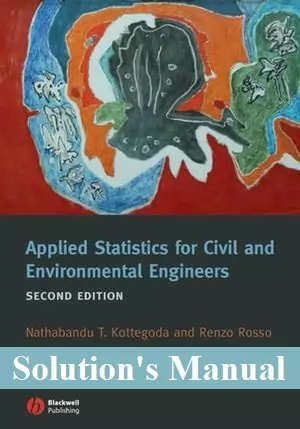
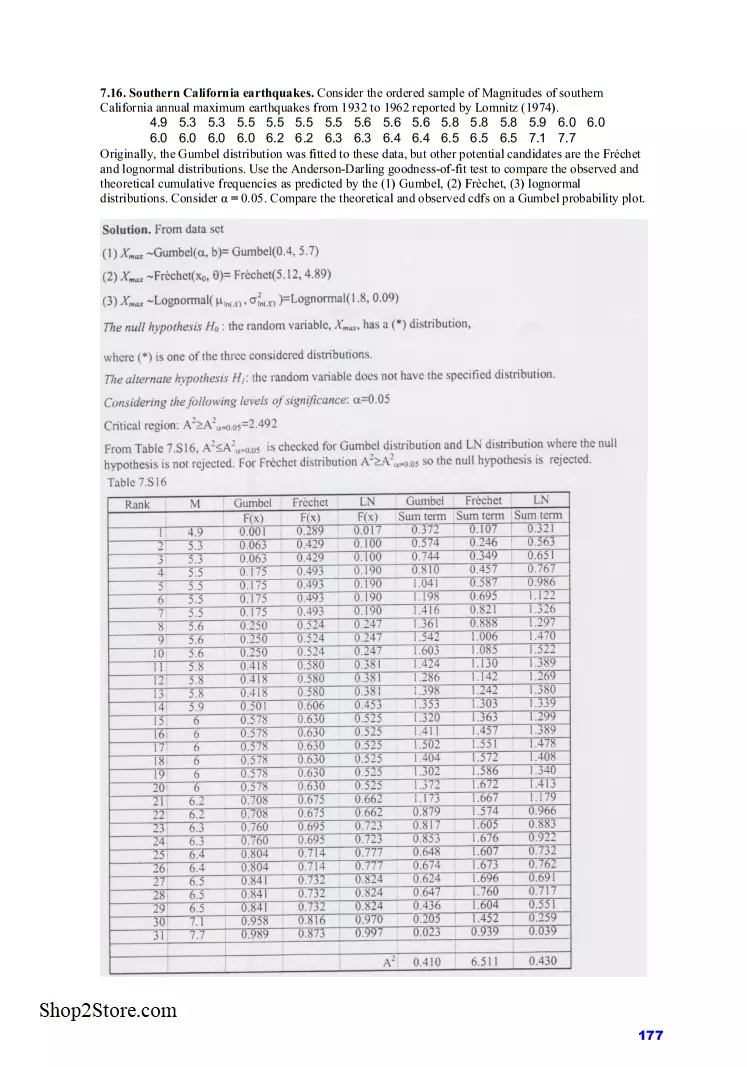

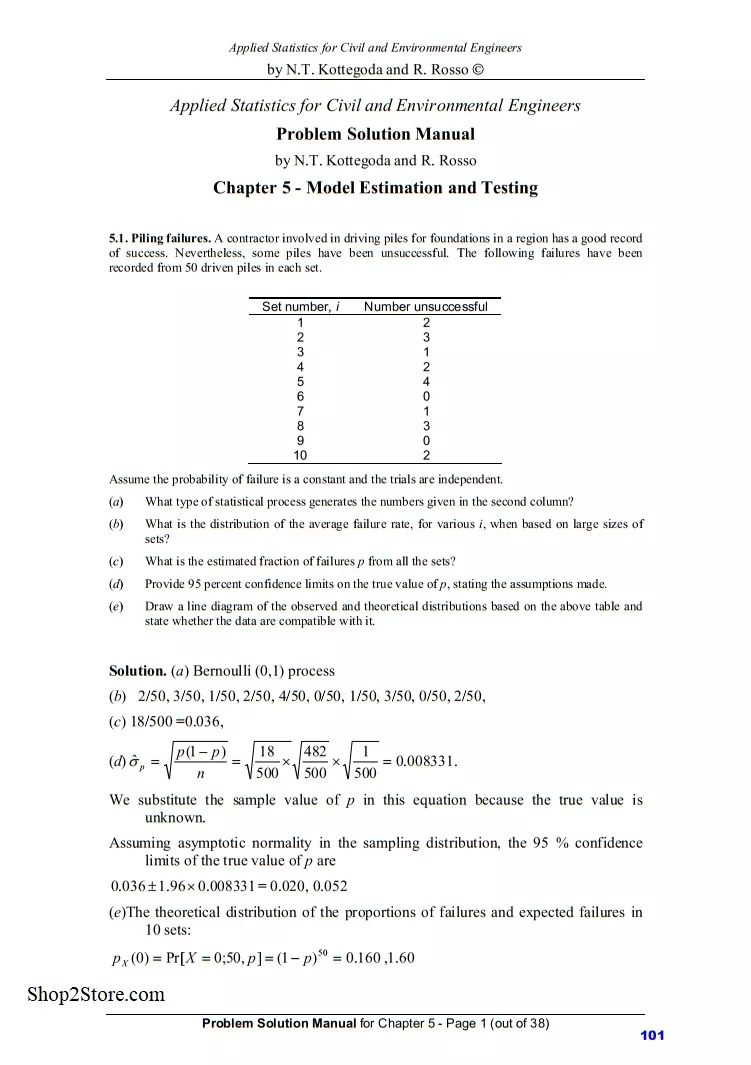
 اگر این محصول را خریداری کنید،
اگر این محصول را خریداری کنید، 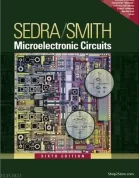
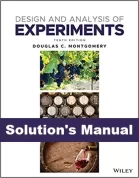

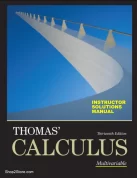
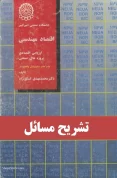

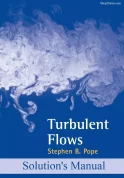
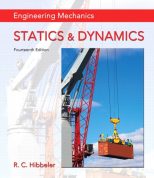


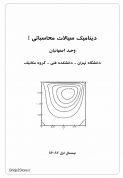
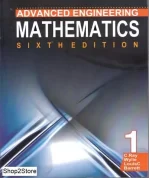

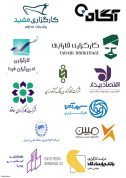

دیدگاهها (0)
دیدگاهها
هیچ دیدگاهی برای این محصول نوشته نشده است.